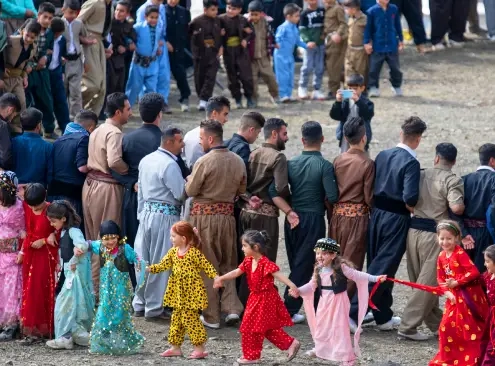
Everything About Kurdish Dance (History, Tutorial, Wedding)
/
1 Comment
Kurdish dance is a captivating and deeply rooted tradition that…
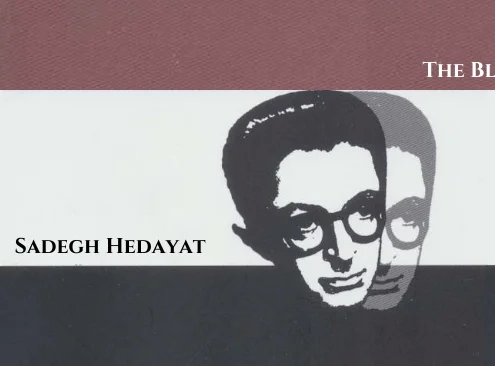
The Blind Owl Book by Sadegh Hedayat
Sadegh Hedayat was an eccentric Iranian author who altered the…
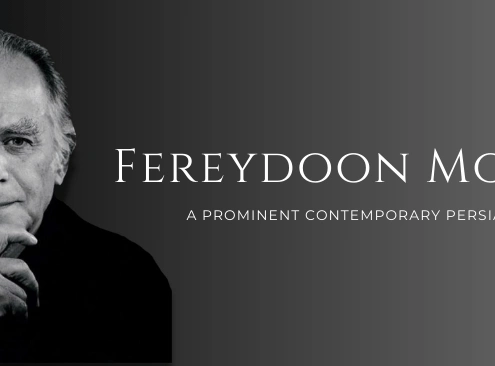
Fereydoon Moshiri (Biography, Poems, Books)
Fereydoon Moshiri is one of the most celebrated poets in modern…
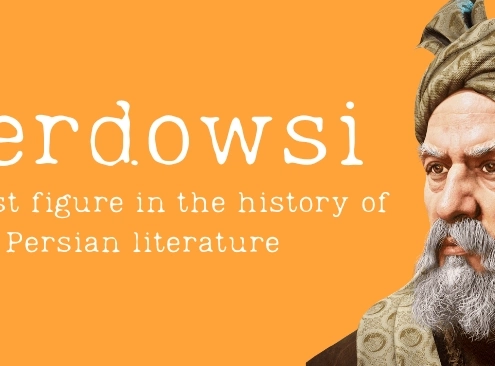
All about Ferdowsi (Books, Poems, Shahnameh, Tomb)
Ferdowsi is one of the oldest and greatest poets of Iran. He…

Abbas Kiarostami (Biography, Movies, Books)
Abbas Kiarostami is an iconic Iranian filmmaker, celebrated worldwide…

Sadegh Hedayat (Biography, Books, Quotes)
Sadegh Hedayat is one of the founders of contemporary Iranian…
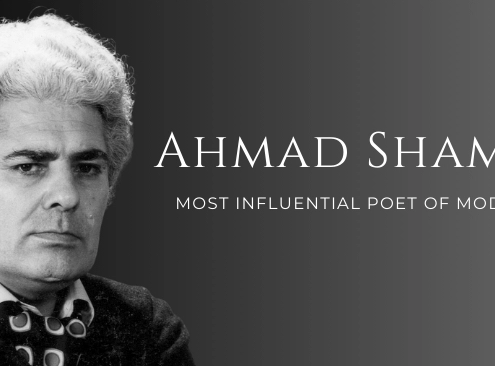
Ahmad Shamlou (Biography, Books, Poems)
Ahmad Shamlou is celebrated as one of the greatest literary icons…
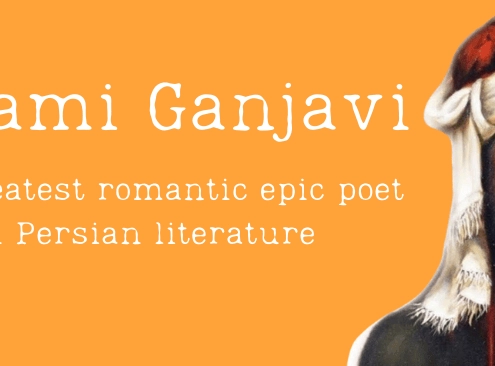
Nizami Ganjavi (Biography, Books, Poems, Quotes)
Persian poetry is a profound and flourishing literary tradition…

All About Nima Yooshij (Books, Poems, Quotes)
Nima Yooshij (1895–1960), often hailed as the father of modern…
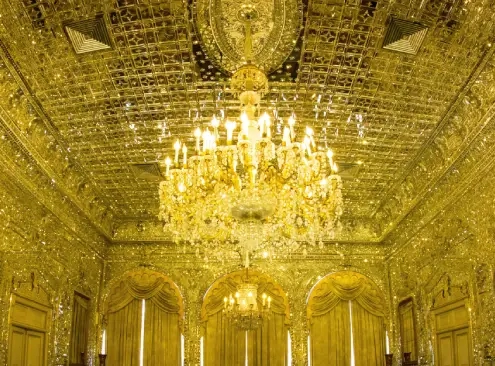
What Is Persian Mirror Art (Aina Kari)?
Aina Kari, or Persian mirror art, is a traditional Iranian decorative…

Read All About Persian Illuminated Manuscript
Illumination Manuscript, known as "Tazhib" in Persian, is a famous…

Baba Tahir Oryan Hamadani (Biography, Poems, Tomb)
Baba Tahir Oryan is considered one of the eminent mystics and…
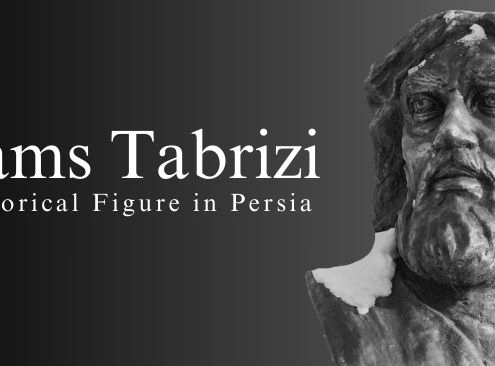
Shams Tabrizi (Biography, Quotes, Poems, Miracles)
If you are an individual who shows a deep love for Persian…

Ibn Sina or Avicenna (Biography, Books, Religion)
Ibn Sina, nicknamed Sharaf al-Mulk, Hujjat al-Haqq, Pur Sina,…
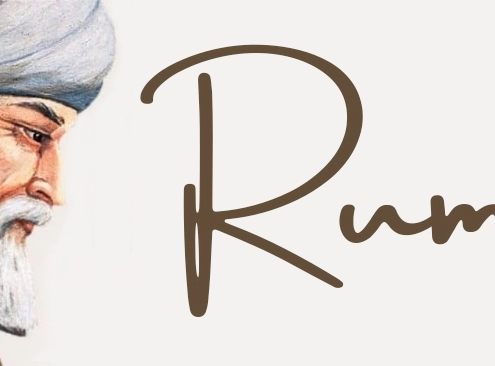
Who Is Rumi? (Quotes, Poems, Books, Full Name)
Iran was home to many artists, writers, and poets. Once upon…
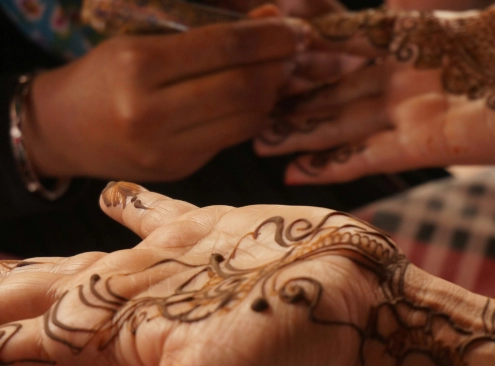
What Is Henna? (History, Benefits, Facts, Henna in Iran)
The Art of Henna Designs is widely used in different regions…
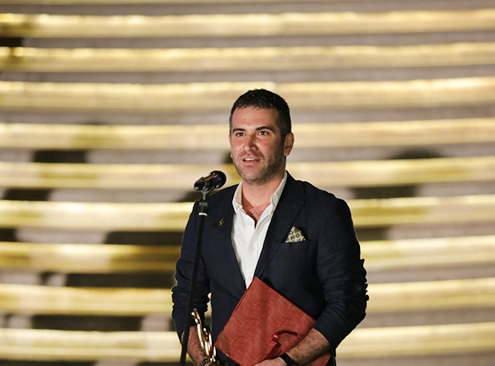
Top 10 Iranian Actors of All Time
Iran has a rich history of cinema that has been greatly influenced…

Everything About Iftar During Ramadan
Have you ever heard of Iftar? When the sun goes down, it's Iftar…


